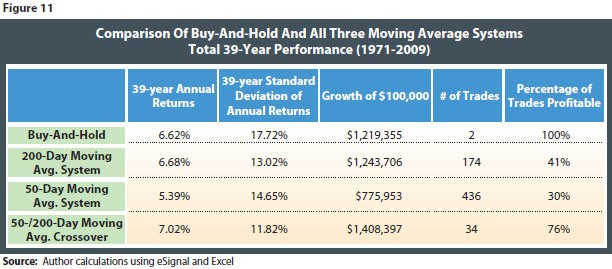The ETFs You Should Never Buy
Post on: 26 Июнь, 2015 No Comment

Leveraged funds that amplify the market’s returns can quickly—and unpredictably— magnify risks in your portfolio.
Larry Fink, the CEO of giant asset manager BlackRock, said at a recent investment conference that a kind of exchange-traded fund called leveraged ETFs have a structural problem that could blow up the whole industry one day.
BlackRock runs iShares, a leading ETF manager. ETFs are funds that can be traded like stocks, and they are great, low-cost tools for investing in indexes such as the S&P 500. Leveraged ETF also tracks indexes, but add the twist of magnifying gains or losses. So, for example a 2x leveraged ETF might aim to deliver twice the return, up or down, of the S&P 500.
iShares does not run leveraged ETFs. So you can discount Finks remarks as at least partly a broadside against the competition. He was also arguing that regulators should focus on specific products, rather than on the size of a money manager a good point to make when you run $4 trillion, as BlackRock does.
Its unclear exactly what system-wide risk Fink is saying such funds pose. That said, this much is true: For individual investors, leveraged ETFs are a no good, terrible, very bad idea.
The key thing about leveraged ETFs is that they deliver their leverage on a daily basis. You might assume that if, say, the market falls 5% in a year, a 2X leveraged fund might lose 10%, and if the market rises 5%, the 2x fund would gain 10%. But in fact the returns could be quite different over time, especially in a volatile up-and-down market.
Fund companies that sell leveraged ETFs disclose this, but the effect of daily leverage is a subtle point some individual investors looking for a more aggressive investment might miss. The Securities and Exchange Commission. by way of cautioning investors, provides an example of how this works, which weve turned into charts.
Start with a big down day in the markets. One ETF just follows the market index, while another delivers twice the gain or loss. The effect is predictable:
The next day, the market goes back up. The regular fund rises 10%, and the levered fund rises 20%.
Both funds did what they were supposed to do each day. But look what happens when you add up the effects of two days of trading.
The index lost $1, but your twice leverage fund lost four times as much.
Daily leverage can be useful to professional investors. Other forms of leverage can be useful to individuals with long-run goals. But few individual investors are likely to be successful with the kind of short-term market timing these funds are built for.














